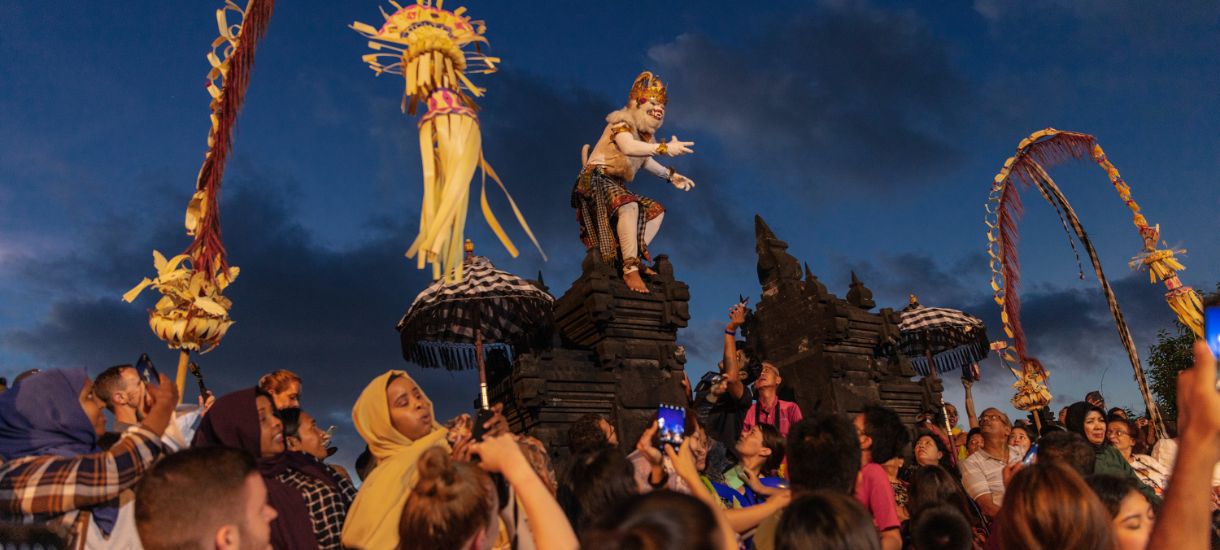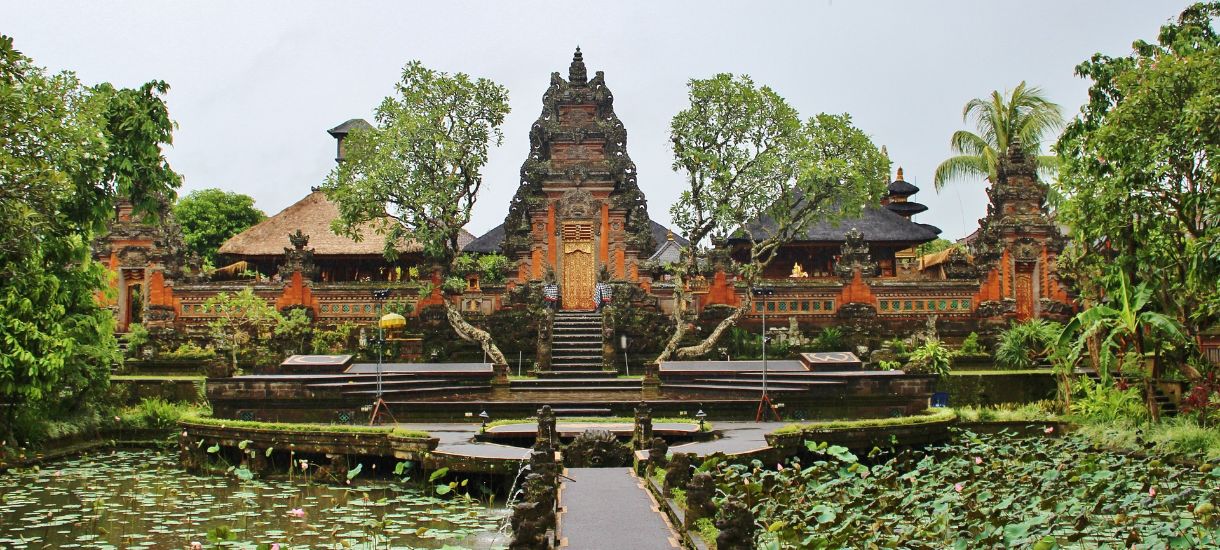Exploring Bali's Spiritual Sanctuaries: Nine Must-Visit Temples
Every detail in the temple’s architectural design is to promote happiness and harmony in life.
Bali, one of the most famous island destinations in the world, is a place that shouldn’t be missed for any traveler planning their Indonesia trip. Known as the "Island of the Gods," Bali is a top destination for travelers from all over the world with its countless beautiful attractions. Not only famous for stunning waterfalls and diving sites, but Bali is also a place for people who are after unique cultural experiences and rich heritage. At the heart of the island’s vibrant and diverse culture are the thousands of temples that play a central role in Balinese life.
In this article, we have broken down why Bali temples are so unique, and what we believe are the nine must-visit places from the 1000s of temples to choose from are nice of Bali's best places to visit.
What Is So Unique About Temples in Bali?
Serving as places of worship, community gathering spaces, and centers of art and learning, Bali's temples offer visitors a fascinating window into the island's traditions and beliefs. Every detail in the temple’s architectural design is not only designed to showcase the artistic and cultural heritage of the island but also to promote happiness and harmony in life. To achieve this goal, Balinese temple architecture follows three important principles.
The first principle is to maintain a good relationship between humans and God, which is essential for spiritual well-being.
- The second principle is maintaining a good relationship between humans and their natural environment, which is important for ecological balance and sustainability.
- Finally, the third principle is to maintain a good relationship between human beings, which is crucial for social harmony and peaceful coexistence.
- By adhering to these principles, Balinese temple architecture helps create a sense of balance and interconnectedness, contributing to greater happiness and fulfillment in life.
Nine Must-see Temples in Bali
Now you know why you should visit Bali’s temples on your Indonesia trip, let’s find out where to go. From ancient structures perched on hilltops to temples surrounded by lush forests and rice paddies, below you will find Bali's nine most awe-inspiring, must-visit religious sites for your Indonesian trip.
1. Besakih Mother Temple

Located on the slopes of Mount Agung and comprising a complex of over 20 temples, Besakih is the largest and holiest temple on the island of Bali. It is believed that Besakih dates back to the 8th century and is dedicated to the Hindu gods Shiva, Brahma, and Vishnu.
- Opening times: 8am to 5pm
- Entrance fee IDR 60,000 (approximately USD 4).
2. Tanah Lot Temple

Sitting on a rocky outcropping overlooking the ocean, Tanah Lot is one of Bali's most iconic and popular temples. With lots to explore and stunning views of the surrounding ocean, Tanah Lot is especially beautiful at sunset.
- Opening times: 7am to 7pm
- Entrance fee: IDR 60,000 (approximately USD 4).
3. Pura Lempuyang Luhur

Located on the slopes of Mount Lempuyang, this temple complex of seven temples is known for its iconic Gates of Heaven. With stunning views from the top of the complex, Pura Lempuyang Luhur is considered one of Bali's most sacred sites.
- Opening times: 9am to 6pm
- Entrance fee: Free (however, tourists usually donate somewhere between 10,000 to 20,000 IDR upon entering)
4. Uluwatu Temple

Perched on a cliff overlooking the ocean, Uluwatu Temple is one of Bali's most picturesque sights. The temple is dedicated to the Hindu god of the sea and is believed to date back to the 11th century. In addition to exploring the temple complex, visitors also have the opportunity to watch the traditional Kecak dance performance which are held daily at sunset.
- Opening times: 9am to 7pm
- Entrance fee: IDR 30,000 (approximately USD 2)
5. Ulun Danu Beratan Temple

Located on the shores of Lake Beratan, this temple is known for its stunning setting and intricate pagodas. The complex is dedicated to the goddess of the lake and features several beautiful pagodas and shrines to explore.
- Opening times: 7am to 7pm
- Entrance fee: IDR 50,000 (approximately USD 3.30).
6. Tirta Empul Temple
.jpg)
This unique temple is known for its sacred spring water which is believed to have healing properties. Tirta Empul offers visitors not only the chance to explore its wonderful grounds, but also the opportunity to participate in its ritual purification baths which are found in the temple's ancient pools.
- Opening times: 8am to 6pm
- Entrance fee: IDR 50,000 (approximately USD 3.30).
7. Tirta Gangga Temple

Built in 1946 by the King of Karangasem, Tirta Gangga is known for its stunning water palace and serene gardens featuring beautiful fountains, ponds, and statues. The temple is located in the village of Ababi, Karangasem and even provides the option for visitors to enjoy a swim in the temple's pools for an additional fee.
- Opening times: 8am to 5pm
- Entrance fee IDR 50,000 (approximately USD 3.30).
8. Taman Saraswati Temple

Located in the heart of Ubud, Taman Saraswati is known for its traditional Balinese architecture. The temple is dedicated to the Hindu goddess of knowledge and the arts, Saraswati and is especially beautiful when the temple's lotus flowers in its pond are in full bloom. Visitors can also enjoy traditional dance performances held in the temple's courtyard.
- Opening times: 7am to 5pm
- Entrance fee: Free - However, if you would like to watch the Balinese dance at Saraswati temple, usually performed in the evening, you will be charged for a Balinese dance performance ticket.
9. Gunung Kawi Temple

Located in Tampaksiring, this unique temple comprises of a series of ten stunning rock-cut shrines which were built in dedication to King Anak Wungsu and his wives. To reach the shrines, visitors are required to descend over 300 steps, but the stunning views and peaceful surroundings make the journey well worth it.
- Opening times: 8am to 6pm
- Entrance fee: IDR 50,000 (approximately USD 3.30).




